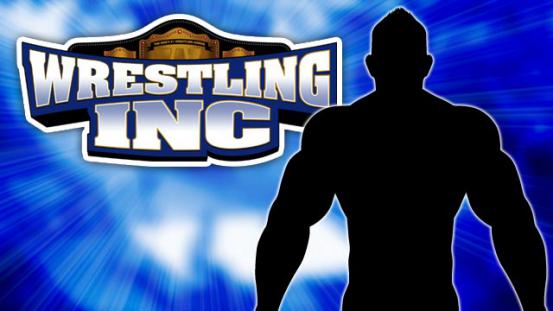- Commissioner’s statement on Ventura, Marte
- Ronnie O’Sullivan: Masters champion ‘felt so vulnerable’ in final
- Arron Fletcher Wins 2017 WSOP International Circuit Marrakech Main Event ($140,224)
- Smith challenges Warner to go big in India
- Moncada No. 1 on MLB Pipeline’s Top 10 2B Prospects list
- Braves land 2 on MLB Pipeline’s Top 10 2B Prospects list
- Kingery makes MLB Pipeline’s Top 10 2B Prospects list
- New Zealand wrap up 2-0 after Bangladesh implosion
- Mathews, Pradeep, Gunathilaka to return to Sri Lanka
- Elliott hopes for rain for Poli
The 50 Greatest Wrestlers Of The Last 50 Years: Who Is #30?
- Updated: May 28, 2016

The opinions expressed in this article are those of the author and do not reflect the views of WrestlingInc or its staff.
#30 Genichiro TenryuA well-rounded superstar who achieved great success in every promotion he appeared in, Genichiro Tenryu was a force in Japanese wrestling for nearly 40 years, earning him the nickname “Mr. Puroresu.” A mover and shaker behind the scenes, Tenryu spent time in several of Japan’s largest promotions and ended up being a pivotal figure in the business developments that took Japanese wrestling to dizzying heights in the 1990s.Like Japanese icon Rikidozan, Tenryu got his start in athletics through sumo wrestling. At 6’1″ and 273lbs Tenryu was a boulder of a man and was blessed with impressive agility for a man his size. Tenryu began to climb the ranks, reaching the rank of maegashira 1 the lowest of the five ranks in the Makuuchi division, the highest rank being yokozuna. Despite showing promise as a wrestler, Tenryu began to get in a feud with his new coach, and decided to retire from the sport at age 26 in 1976.Shortly after his retirement, All-Japan Pro Wrestling founder Giant Baba contacted Tenryu and convinced him to pursue a career in professional wrestling. Tenryu began his training not in Japan, but in Amarillo, Texas as he was sent to be trained by the Funk brothers. Tenryu made his in-ring debut in 1976 in Texas, his first opponent being Ted DiBiase. It was in the US that Tenryu began working with another promising All-Japan recruit, Jumbo Tsuruta. Throughout the rest of their active careers, their relationship and rivalry would influence several major developments in Japan. When Tenryu returned to Japan he remained an undercard performer for several years before getting his first significant singles push in the 1982 Champions Carnival, finishing fourth behind Baba, Bruiser Brody and Tsuruta. As Baba began to slow down in the ring, Tsuruta became the new top babyface in the company. He was supported by Tenryu, who won several mid-card championships and formed a popular tag team with Tsuruta and engaged in memorable bouts against the Funks and the team of Stan Hansen and Bruiser Brody. Tenryu’s career really began to take off when he and Tsuruta began feuding with Riki Choshu and Yoshiaki Yatsu. The angle was that Chosu and Yatsu had been former stars in New Japan Pro Wrestling and were coming over to invade AJPW. The angle, which would be copied many times in the future, most notably with the nWo, was a box office smash and began to place AJPW ahead of its bitter rivals. Tenryu and Tsuruta got the big rubs as the babyface who fought for the honor of their company against the hated invaders. It also helped that workers like Tenryu, Tsuruta, Choshu and Stan Hansen were among the best in-ring performers in the world and AJPW began to garner the reputation for having the best main events anywhere in the wrestling world.
The feud would continue into 1987 when it began to lose steam and Choshu returned to NJPW. To help spice things up, Baba had Tsuruta and Tenryu lose the tag team titles to the Road Warriors. Bitter at the loss of the championship, Tenryu turned heel and formed his own stable, comprised of former International Pro Wrestling …
continue reading in source www.WrestlingInc.com
